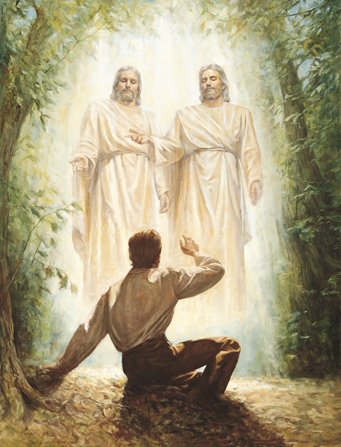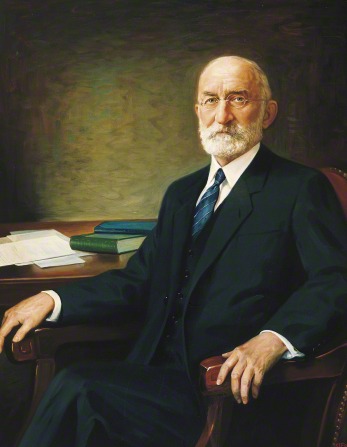Editor's note: This is number 39 in a series of posts by Dennis Horne, sharing quotes from his book, Determining Doctrine: A Reference Guide for Evaluating Doctrinal Truth. You can read the introductory post here. The first part of each post is a new introduction, placing the quotes in context with contemporary issues. The quotes that then follow are from the Determining Doctrine book, which contains many quotes that are not readily available elsewhere or are exclusive to the book.
Edward H. Anderson (from the Improvement Era):
A
correspondent has written asking whether or not articles appearing in the Improvement Era, the Liahona, the Young Ladies’ Journal, the Relief
Society Magazine, and other publications of the Church, may be quoted as
authority on doctrine; and wishes us to answer how far these publications may
be quoted, and just to what extent they can be taken as authority. He cites, for example, an article by Elder
Joseph Fielding Smith in the January number, 1916, of the Improvement Era, on the second death, entitled, “Is Man Immortal?”
Replying,
we will say that all writings, sermons, instructions and admonitions by the
authorities of the Church are to be taken as authority as far as they agree
with the printed word of revelation, as contained in the standard books of the
Church, namely, the Bible, the Book of Mormon, the Doctrine and Covenants, and the Pearl
of Great Price. Whatever any writer
or speaker may express on doctrine should be considered as personal
instructions, for which the person who speaks or writes is responsible, and not
the Church. Such instruction may be, and
is, of great advantage and benefit to those who may listen or read, in aiding
them to come to conclusions and to understand the word of the Lord, but as far
as its being taken as authority, no instruction may be so taken in the way of
doctrine except it shall be in strict conformity with the revealed word of the
Lord, and in harmony with the teachings of the living prophet of the Lord. We believe that the arguments set forth in
the article referred to, “Is Man Immortal?” will stand this test.
This
should be remembered: The Latter-day
Saints believe in continuous revelation, and that the general authorities of
the Church so designated and sustained, are in very deed prophets, seers and
revelators to the people. Also that
whatever, under authorized conditions, the leaders of the Church, in their
appointed places and positions, expound unitedly to the community, is the word
of the Lord to the Latter-day Saints; and, as is stated in the Doctrine and Covenants, “Whatsoever they
shall speak when moved upon by the Holy Ghost shall be Scripture, shall be the
will of the Lord, shall be the mind of the Lord, shall be the word of the Lord,
shall be the voice of the Lord, and the power of God unto salvation.” Those instructions we may look for
continuously, because we believe in continuous revelation, and it is just as much
an obligation upon the Latter-day Saints to conform to the instructions of the
living oracles, as it is to believe and practice the principles of life and
salvation, as explained in the standard works of the Church, the Bible, the Book of Mormon, the Doctrine
and covenants, and the Pearl of Great
Price. All officers are subject to
and should act in unison with the prophet, who, in turn, is subject to the
inspiration and revelation of the Lord Jesus Christ. (Edward H. Anderson, “Where to Find Authority
on Doctrine,” Improvement Era, vol.
25 [1921-1922], 645-46.)








